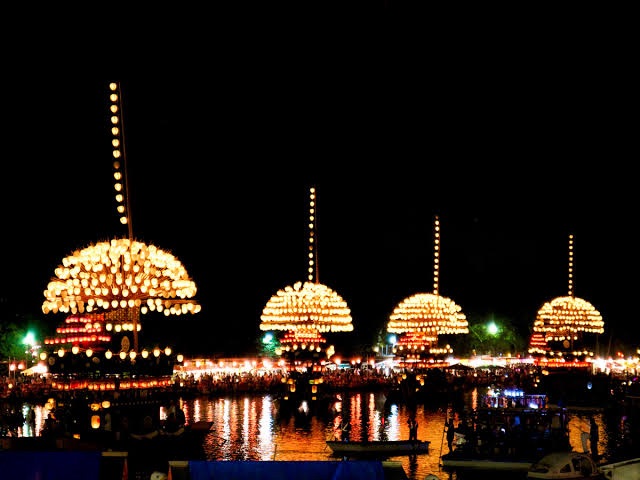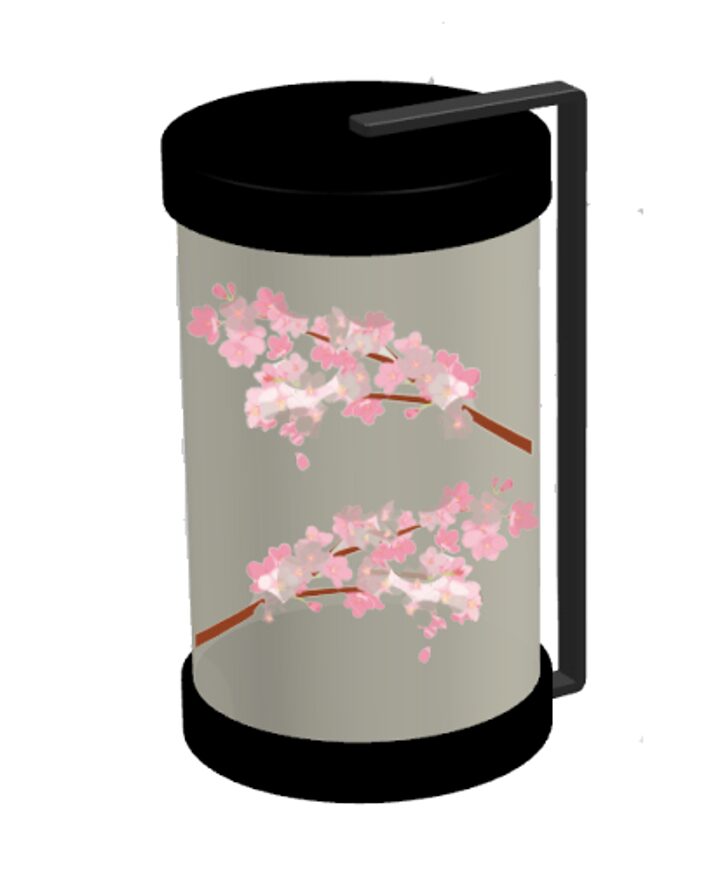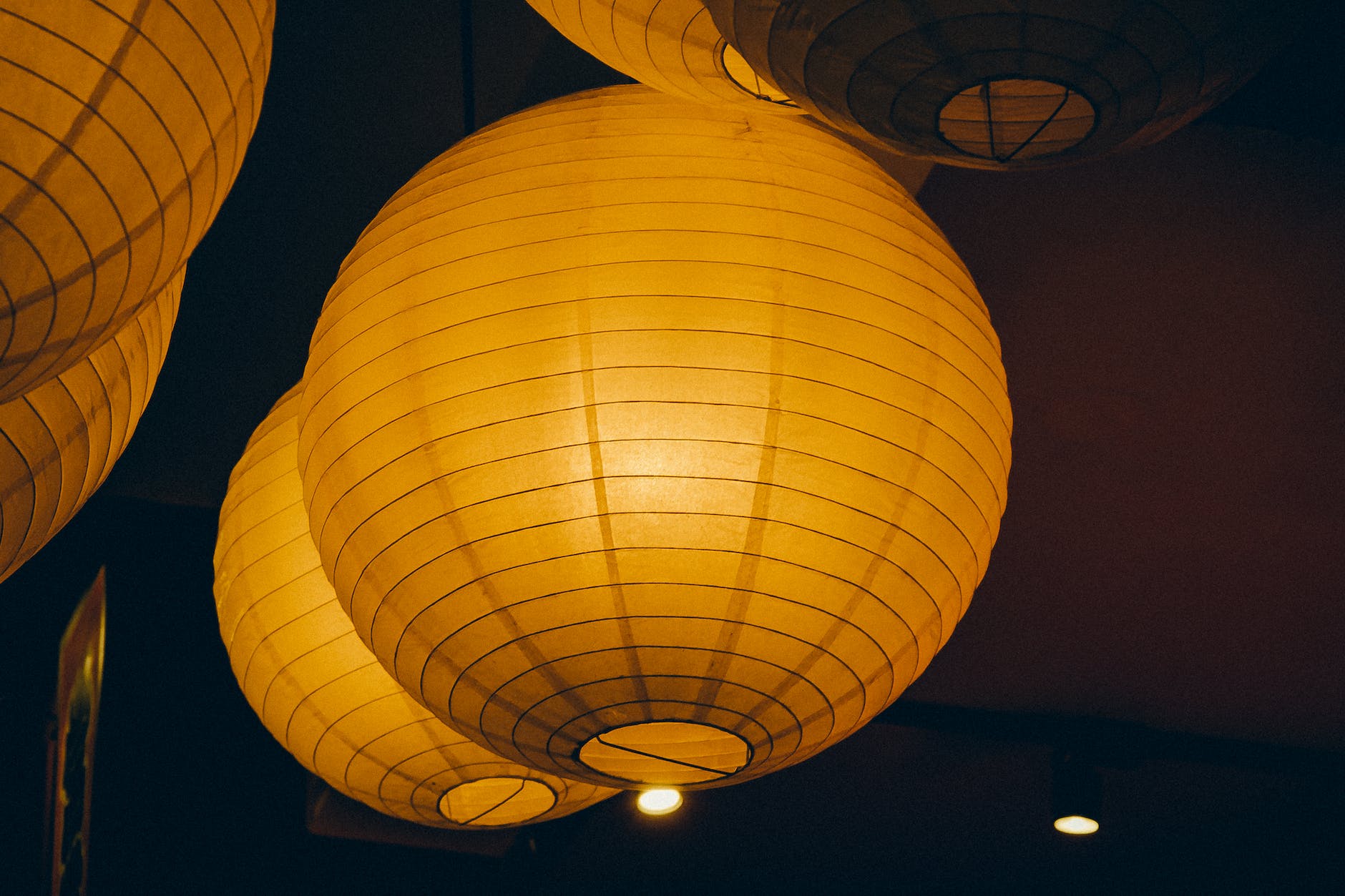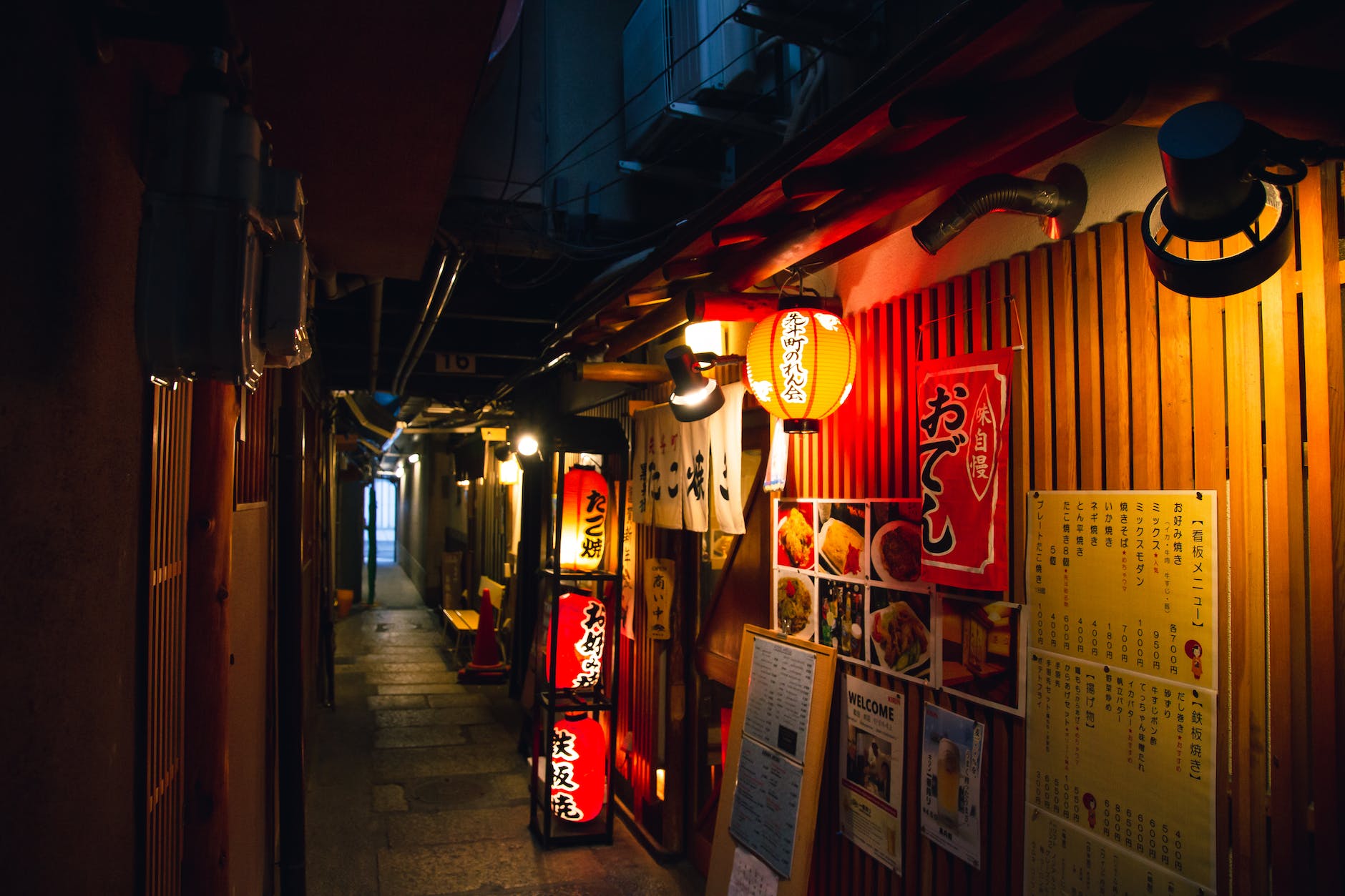 Admin Posting
Admin Posting Enchanting Lantern Festivals of Japan
Illuminating Summer NightsThe vibrant summer festivals of Japan, adorned with spectacular lantern displays, epitomise th...
 Admin Posting
Admin Posting  Admin Posting
Admin Posting  Admin Posting
Admin Posting  Admin Posting
Admin Posting  Admin Posting
Admin Posting